On the eve of 157th birth anniversary of Swami Vivekananda Lalbagh paid a handsome tribute to the saint by organizing a flower show dedicated to his life and times. With a generous dose of narratives of Vivekananda ,statues,paintings and models- around 475 exhibits, the 211th flower show at Botanical Garden is vivid and colorful.
The 1889 period Glass House is decked up with flowers- masses of Indian flowers, some international and some exotic. At the center of the Glass House stood Vivekananda Rock Memorial. It was beautifully replicated – rock memorial with a temple on top approximately with 3.2 lakh flowers-think roses, marigold,chrysanthemums …. Vivekananda Rock at Kanyakumari was where he meditated and spent three nights in 1892.
A wide variety of roses -Small ones,Kasi gulabi, the bigger multi colored ones from outskirts of the city are displayed. There is the unique Cymbidium orchids from Sikkim and the usual display of insectivorous plants ,the Nepenthes gracilis-the pitcher plant which was a big draw.
Just across this display,behind the rock memorial are life size models of Vivekananda in various phases-a student, a seeker, a a wondering and wandering monk etc..The seated statues of Guru Ramakrishna, Sarada Devi along with Vivekanand are also seen.
There is also a representation of Vivekananda in Chicago. His Chicago address with the words’ Sisters and Brothers of America’ after all has a special place in our hearts and so it did in the Glass House too. The speech was delivered on 11th September 1893 and won the hearts of many. The Chicago’s World Parliament of Religion has always been associated with the memory of Vivekananda thereafter. The Chicago model with white and yellow colors are created using nearly 1.5 lakh flowers. Chicago still remembers his wonderful speech- Greater Chicago has a 10 feet tall bronze statue of Vivekananda,Michigan Avenue is named as Swami Vivekananda Way.
There is some interesting information about Ramakrishna Math. The Math that came in to existence for spreading the sayings of Ramakrishna was founded by Swami Vivekananda. The emblem of this Math designed by Swami Vivekananda is significant. It has the symbol of lotus,swan in water,rising sun and a snake. In words of Vivekananda ,’ the wavy waters in the picture are symbolic of Karma,the lotus to Bhakthi or devotion and rising sun to Jnana.The encircling serpent is indicative of Yoga and awakened Kundalini ,while Swan stands for Paramatma or God .Therefore the ideal of the picture is that by the union of Karma, Jnana,Bhakthi and yoga the vision of God is obtained’
Vivekananda has a close connection with Bangalore and Mysore. He is said to have arrived in the city in 1892,stayed at Kalappa lodge in Majestic. He went to Mysore as a guest of Diwan Sheshadri Iyer and was also invited by Shri Chamaraja Wadiyar who was ready to sponsor the travel expenses of the Swami. But Vivekananda is said to have refused and told that he would take the money if required.
His quotes of work,worship,confidence ,integrity are all around inspiring the youth of India to arise and awake. Hearing his direct and harsh talk Chamaraja Wadiyar told him not to be so hard and direct lest he be poisoned. For this Swami Vivekananda is said to have replied ,’ An honest monk is not afraid to lose his life to speak the truth.If your son asks me about you in future ,then I cannot tell him the virtues that you do not possess.
This directness is reflected in all his sayings.
‘Strike the Iron while it is hot.Idleness won’t do . Throw overboard all idea of jealousy and egotism once and for all.’
and his most famous saying, ‘Arise,Awake, stop not till the desired end is reached. Be not afraid for all great power throughout the history of mankind has been with the people.
Educative and Informative the Lalbagh flower show is quite engaging. Not just about Vivekananda there are other things worth checking out as well like the Ikebana,Thai art,Bonsai etc. There are also nursery plants on display from Karnataka,Tamil Nadu,Andhra Pradesh and Kerala. The show is on display till January 26.

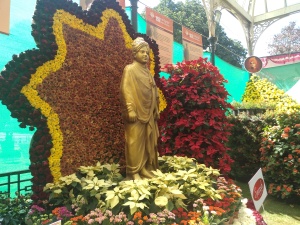

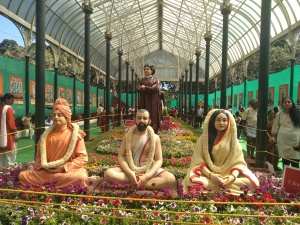
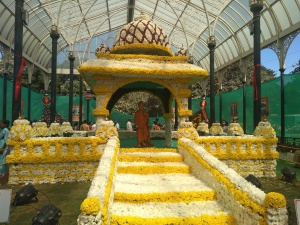









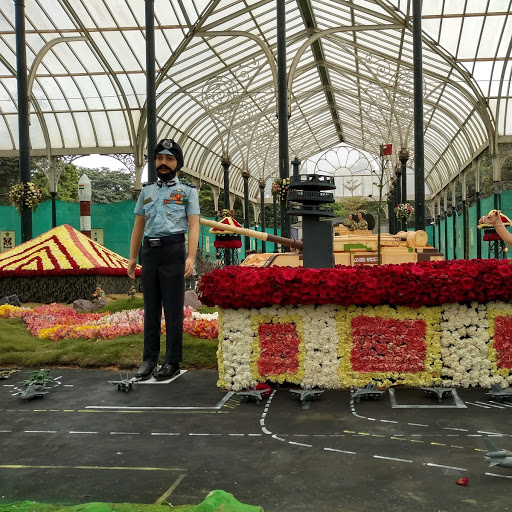
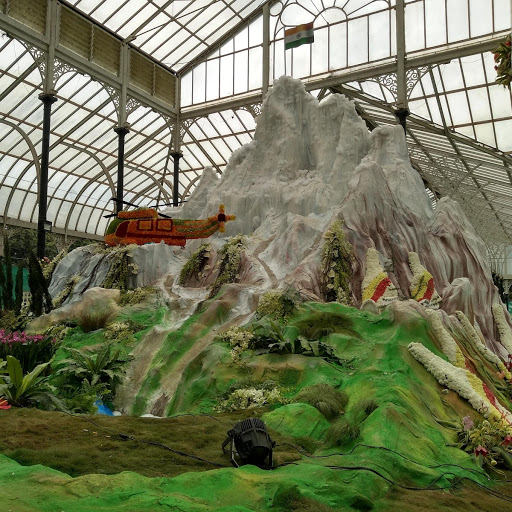
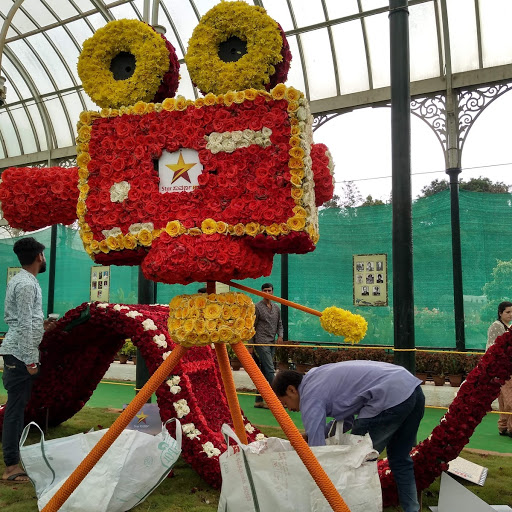


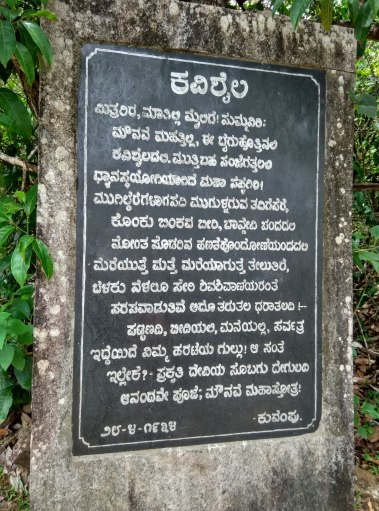 A time when English was taught in all public schools, he became a Kannada Poet (ironically advised by an Irish poet to write in his native language). He was awarded the country’s highest literary honour, Jnanpith Award for his magnum opus ‘Ramayana Darshanam’ – a poetic version of Ramayana. Through his creativity, one gets to know the native language’s depth and vastness.
A time when English was taught in all public schools, he became a Kannada Poet (ironically advised by an Irish poet to write in his native language). He was awarded the country’s highest literary honour, Jnanpith Award for his magnum opus ‘Ramayana Darshanam’ – a poetic version of Ramayana. Through his creativity, one gets to know the native language’s depth and vastness.